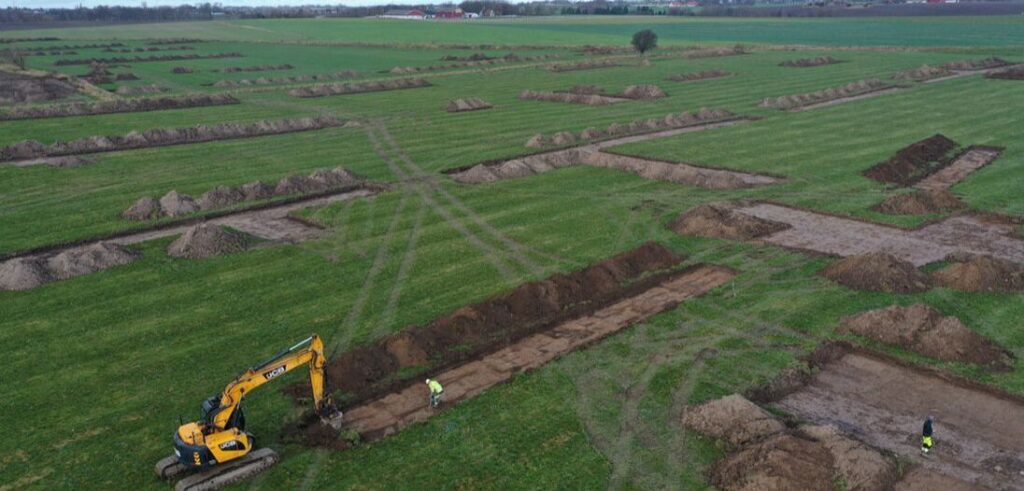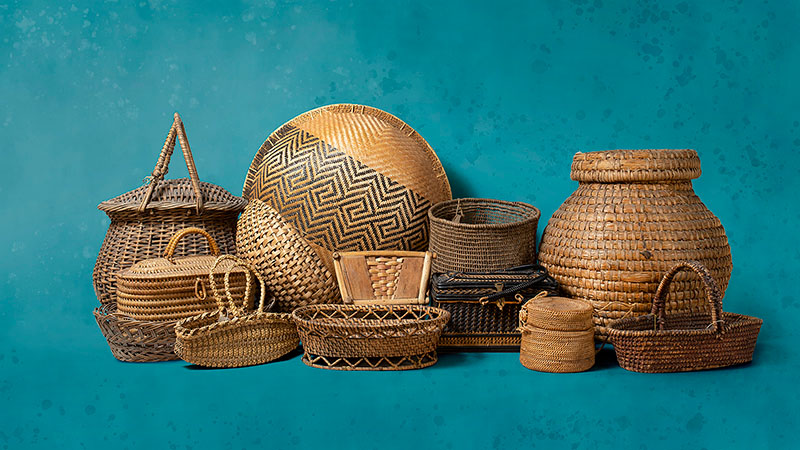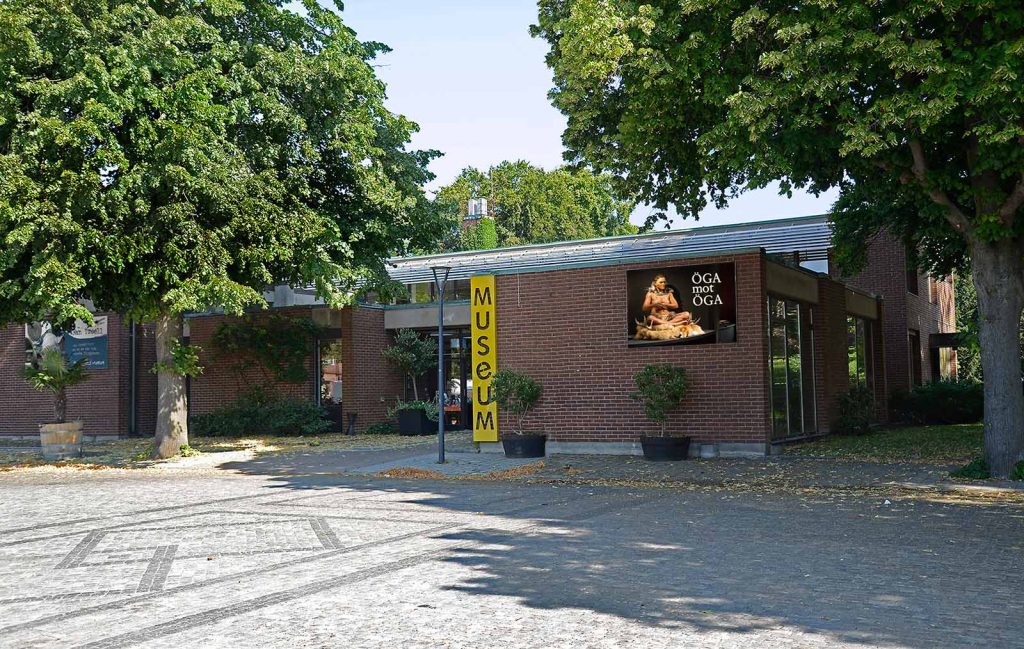
Trelleborg Museum
Trelleborgs museum is an Art- and cultural-historical museum located at Stortorget, in the center of Trelleborg. Here, permanent exhibitions on the prehistory of Söderslätt and the industrial history of Trelleborg coexist with temporary exhibitions focused on art and cultural history. The museum also engages in extensive educational work targeting schools and offers a variety of events and activities for children and youth.
Read more
The museum was founded in 1934, when the local historian and farmer Olof Christoffersson from Fru Alstad gifted Trelleborg the majority of his ancient- and cultural-historic collection. Over 5000 objects were included in the donation. The museum moved into the old hospital building, Skyttegården, in the eastern part of Trelleborg the same year. In 2010, the Trelleborg museum acquired its current premises.
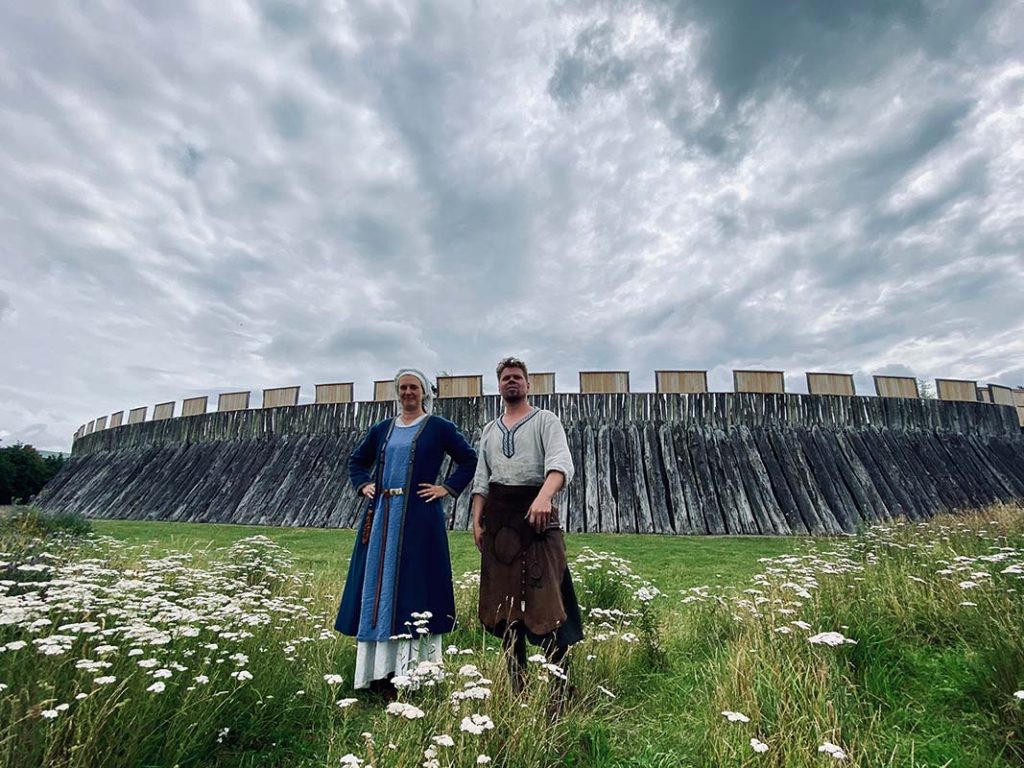
The Viking Museum Trelleborgen
On the highest point of Trelleborg, archeologists found in 1988 traces of a Viking age ring fortress, a so-called trelleborg. With the discovery of the fortress, the explanation for the city’s name was also revealed. Today, Trelleborgen is an open-air museum in the center of Trelleborg.
Read more
The area is accessible for visitors year-round, and several popular events are organized, from Väsenvandringen in the autumn and Ljusfesten in december to the grand celebration of valborg in the spring. Trelleborgen reaches its peak season in the summer. Then, the viking village is filled with ancient crafts, fairytales and everyday life. The Viking market Slaget om Trelleborgen takes place the first weekend in July, and the rest of the summer is filled with other exciting events.
Trelleborgen, as it stands today, is a reconstruction that was completed in 1995. A quarter of the fortress is built on its original site, in the heart of the modern city. It also houses a reconstructed medieval house, which was found on the site as well. Outside the fortress, there is a Viking village with accompanying small buildings. In the Viking museum, there is a shop, café, and the exhibition Borgen vid havet, which transports you back to the iron Age when the fortress was young.
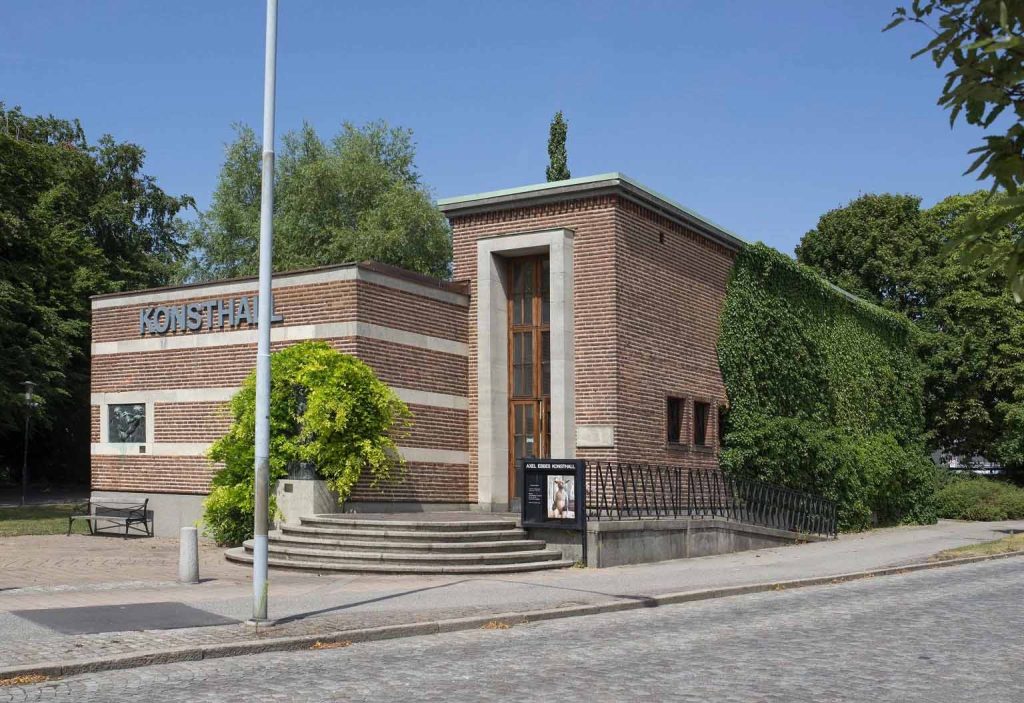
Axel Ebbes Art Hall
In 1933, the artist Axel Ebbe and his wife Lillemor donated a large art collection to the city of Trelleborg. To accommodate the magnificent donation, an art hall dedicated entirely to the artist was built and could be inaugurated in grand style in 1935.
Read more
Axel Ebbe (1868-1943) was born in Hököpinge, not far from Trelleborg. During the early 20th century, Ebbe was one of Sweden’s most prominent artists with sculptures such as “Solrosen” and “Arbetes Ära in Malmö”, as well as “Mannen som bryter sig ur klippan” in Lund. He studied in Copenhagen and Paris, and he lived for many years in for example Nice, Monte Carlo and Berlin.
At Axel Ebbes Konsthall, you can see Axel Ebbes’ studies and original plaster models, as well as the references for public sculptures and monuments.
There are graceful sculptures, clever graphics, and not least his own version of the Bible – Bibelsk Historie, written in Skåne dialect and illustrated with humorous drawings.
Axel Ebbes Konsthall is at the moment closed for renovations, which will at its earliest begin in 2024.
